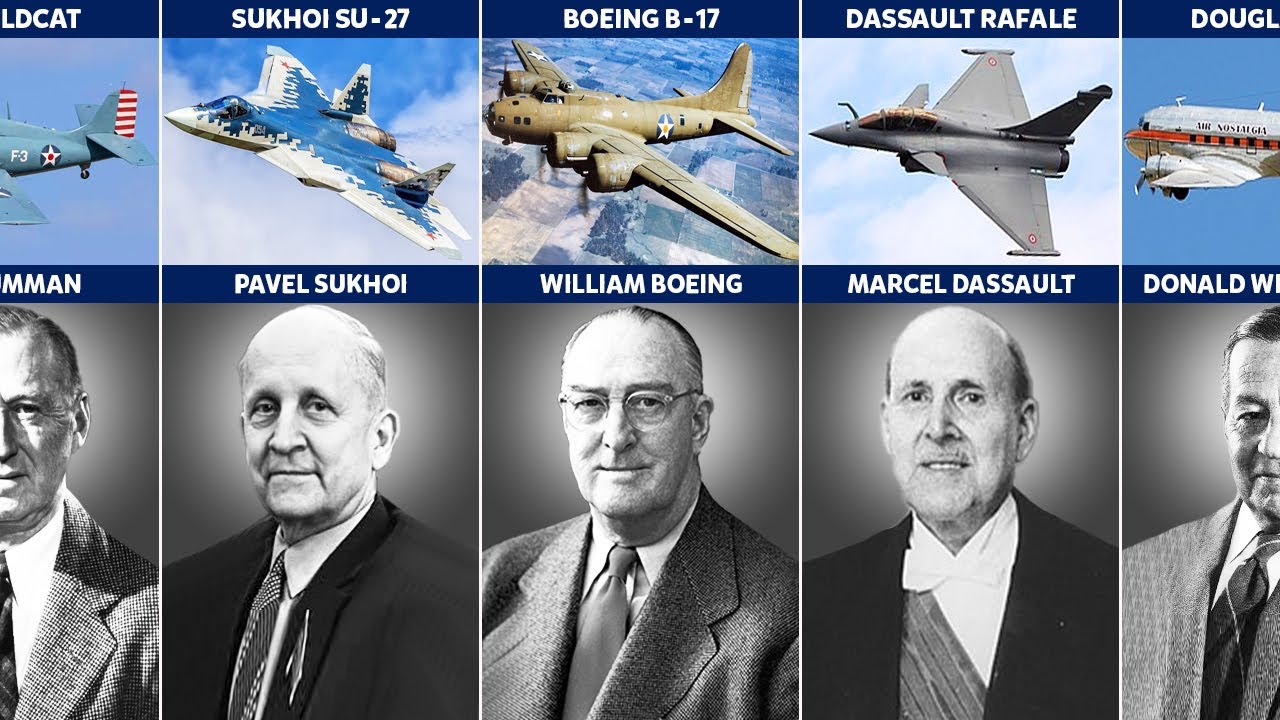The history of aviation is not only defined by great pilots and powerful machines, but also by the brilliant minds who designed them. Behind every legendary aircraft is a visionary engineer or designer who blended innovation, courage, and technical mastery to shape the skies. From sleek fighters to revolutionary passenger planes, these designers left an indelible mark on flight history.

One of the most celebrated figures in aviation is Kelly Johnson, the genius behind Lockheed’s Skunk Works division. His designs include the U-2 spy plane, the SR-71 Blackbird, and contributions to the P-38 Lightning. Johnson’s emphasis on secrecy, innovation, and speed created aircraft that outpaced their time—both literally and metaphorically.
In the Soviet Union, Andrei Tupolev and Mikhail Gurevich (of MiG fame) were instrumental in developing Cold War-era aircraft. Tupolev created strategic bombers like the Tu-95, still in service today, while Gurevich’s team produced the MiG-15, MiG-21, and other jet fighters that saw global use for decades. Their designs combined rugged reliability with mass production—perfect for the geopolitics of the era.
On the civilian side, Joe Sutter, often called the “father of the 747,” revolutionized commercial aviation with Boeing’s jumbo jet. His work made long-haul international travel more affordable and accessible, helping to shrink the world. Similarly, French engineer Roger Béteille helped spearhead the Airbus A300—the first twin-engine widebody jet—and laid the foundation for Airbus’s global success.
These designers weren’t just engineers; they were visionaries. Their aircraft weren’t merely tools of war or commerce—they were milestones in the story of human ambition and capability. From stealthy black projects to graceful commercial giants, these aircraft became symbols of the eras they served and of the brilliance behind the blueprints.